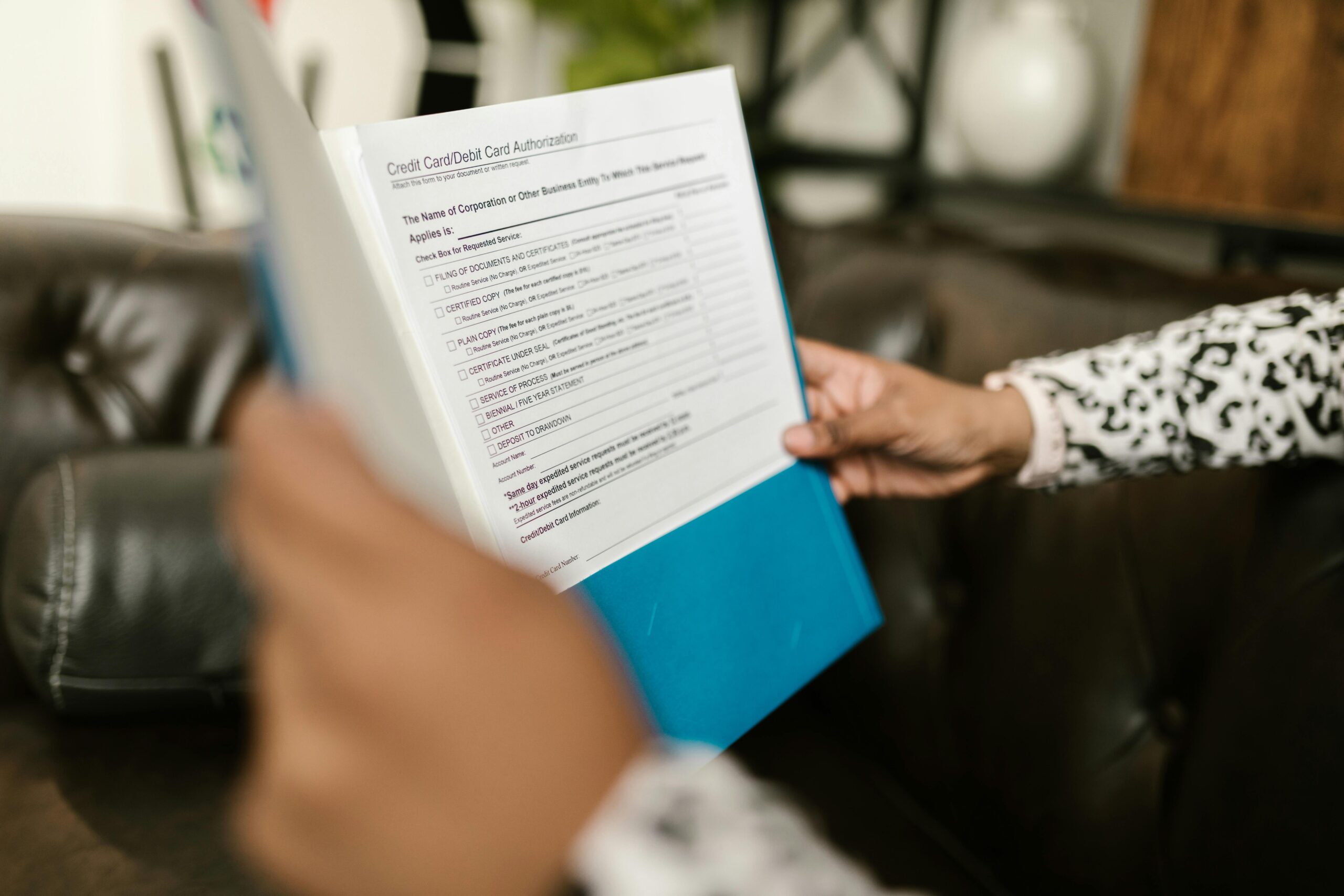“Ever been stuck paying for something you didn’t buy? Yeah, joint credit card mistakes can feel like that—only worse.”
We’ve all heard the horror stories about couples or family members sharing a joint credit card, only for someone unauthorized to rack up charges. Enter Unauthorized User Liability Waivers. These clauses might be your golden ticket to financial peace of mind. In this post, we’ll cover what unauthorized user liability waivers are, why they matter, and how to navigate them effectively.
You’ll learn:
- What makes joint credit cards risky (and how waivers help)
- A step-by-step guide to safeguarding yourself
- Insider tips for handling disputes like a pro
- Real-world examples of waiver successes (and failures)
Table of Contents
- The Problem with Joint Credit Cards
- Step-by-Step Guide to Using Liability Waivers
- Top Tips for Managing Joint Finances
- Case Studies: When Waivers Save the Day
- Frequently Asked Questions
Key Takeaways
- Joint credit cards carry risks if one user abuses their privileges.
- Unauthorized user liability waivers protect cardholders from fraudulent charges made by others.
- Documentation and clear communication are key to avoiding disputes.
Why Joint Credit Cards Are a Blessing—and a Curse

The Good News: Sharing a credit card simplifies expenses between partners, spouses, or business associates. It fosters trust and transparency—two things essential for healthy financial relationships.
The Bad News: Trust doesn’t always translate into good behavior. One person’s reckless spending spree can leave both parties drowning in debt. And guess who gets hounded by creditors when payments aren’t made?
I learned this lesson the hard way once. A friend added me as an authorized user on her account. I thought it was no big deal until she missed payments and my credit score plummeted. That wake-up call taught me the importance of safeguards, including **unauthorized user liability waivers**.
Rant Break:
“Why isn’t this stuff taught in schools?! If people understood these protections earlier, maybe fewer families would face financial ruin over a $500 charge at Target.”
Step-by-Step Guide to Unlocking Liability Waivers
Want to avoid being on the hook for someone else’s bad decisions? Here’s how to set up and enforce unauthorized user liability waivers:
Step 1: Understand What the Waiver Covers
Most major credit card issuers offer some form of protection against unauthorized transactions. The catch? You need to know EXACTLY what counts as “unauthorized” before signing up.
- Fraudulent purchases (e.g., stolen card info)
- Purchases beyond agreed limits (written agreements help here)
- Disputed items where proof exists of non-participation
Step 2: Communicate Clearly With Co-Users

Sit down with your co-user(s) and establish ground rules. Write them out. Seriously, draft an email or text thread detailing:
- Spending limits per month
- Categories you don’t want charged (luxury goods, online gambling, etc.)
- How disputes will be handled
If all else fails, remind them that breaking this agreement could land YOU in hot water—not just them.
Step 3: File Your Request
Contact your credit card issuer directly to request inclusion of a liability waiver clause in your contract. Most banks require written applications but may waive fees depending on your negotiation skills.
Step 4: Document Everything
Screenshot any correspondence related to the waiver. Keep paper trails like it’s tax season, folks!
Pro Tips for Avoiding Joint Credit Card Disasters
- Set Up Alerts: Use transaction alerts to monitor suspicious activity instantly.
- Freeze Secondary Cards Temporarily: Many apps now let primary users freeze secondary cards during vacations or emergencies without closing accounts permanently.
- Use Separate Statements: Opt for individual statements rather than combined ones—it makes tracking easier.

When Waivers Worked (& Didn’t)
Success Story:
Jane and Mike split a joint credit card after marriage. Jane accidentally bought concert tickets worth $800 while babysitting nephews. Mike filed a waiver claim within 48 hours of noticing the charge; the issuer credited back the full amount since he hadn’t approved that expense category upfront.
Failure Case:
Tom allowed his brother access to his account without setting any boundaries. His brother booked a luxury ski trip, racking up $2k. Without documentation proving the purchase violated pre-set terms, Tom had zero recourse through the waiver process.
Grumpy Optimist Dialogue:
Optimistic You: “You should totally add these failsafes ASAP!”
Grumpy You: “Yeah, sure—after I finish bingeing Netflix AND eating half a pizza.”
FAQs About Unauthorized User Liability Waivers
Q: Can I remove an authorized user retroactively?
Absolutely. Call your bank and provide the necessary details. However, previous debts remain your responsibility unless covered by a waiver.
Q: Do all credit cards offer waivers?
Nope. Some smaller issuers or niche cards lack this feature entirely. Always double-check terms BEFORE applying.
Q: Is there a better alternative to joint cards?
Authorized user setups often work well if you maintain strict oversight. Consider separate cards with bill-sharing apps like Splitwise too.
Conclusion
Navigating joint credit cards feels daunting—but you don’t have to go it alone. By leveraging unauthorized user liability waivers, establishing open communication, and keeping meticulous records, you can sidestep most pitfalls.
Final Thought Haiku:
Shared cards, shared risks— Waivers keep budgets intact. Stay safe, spend smartly.


